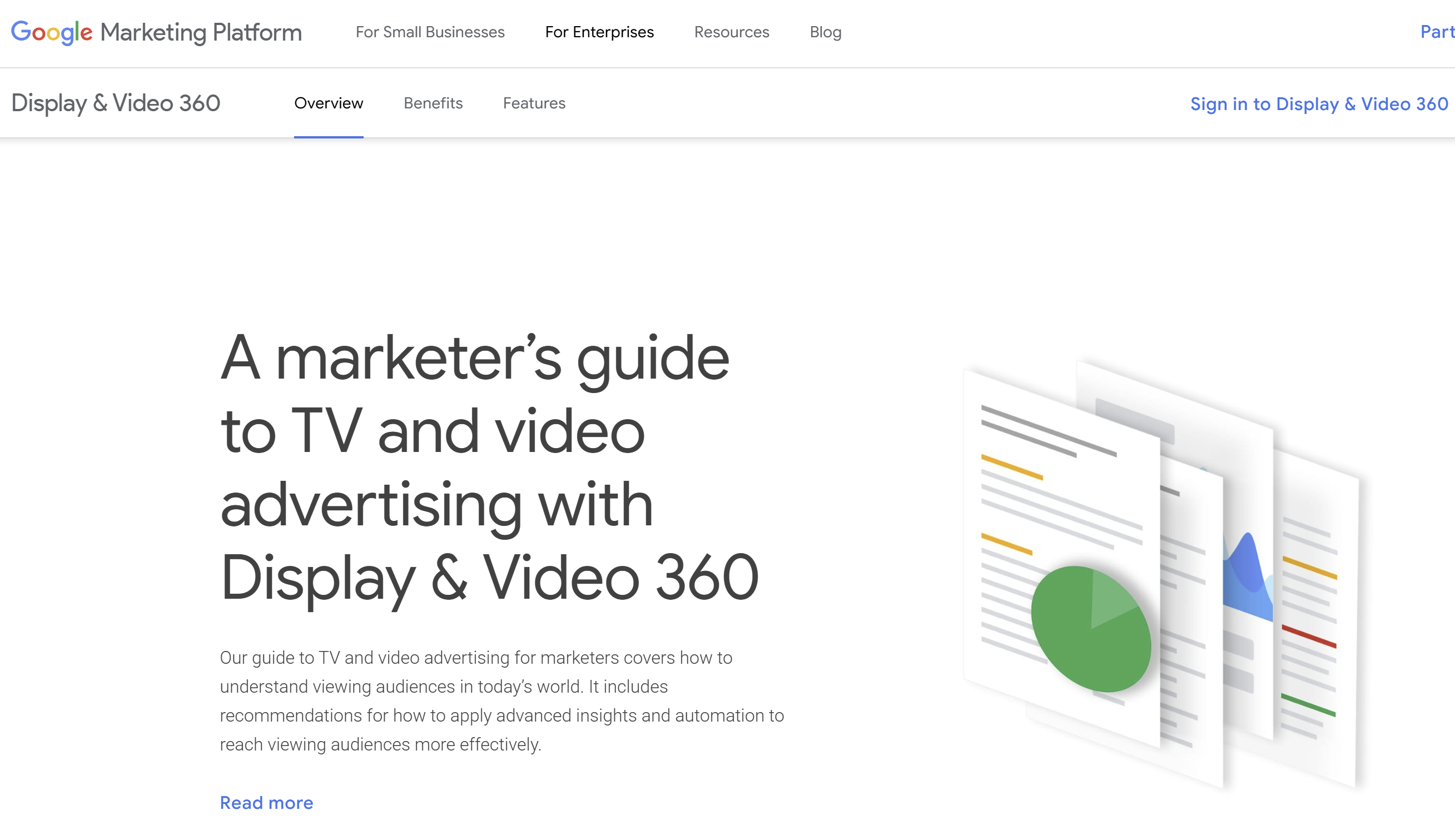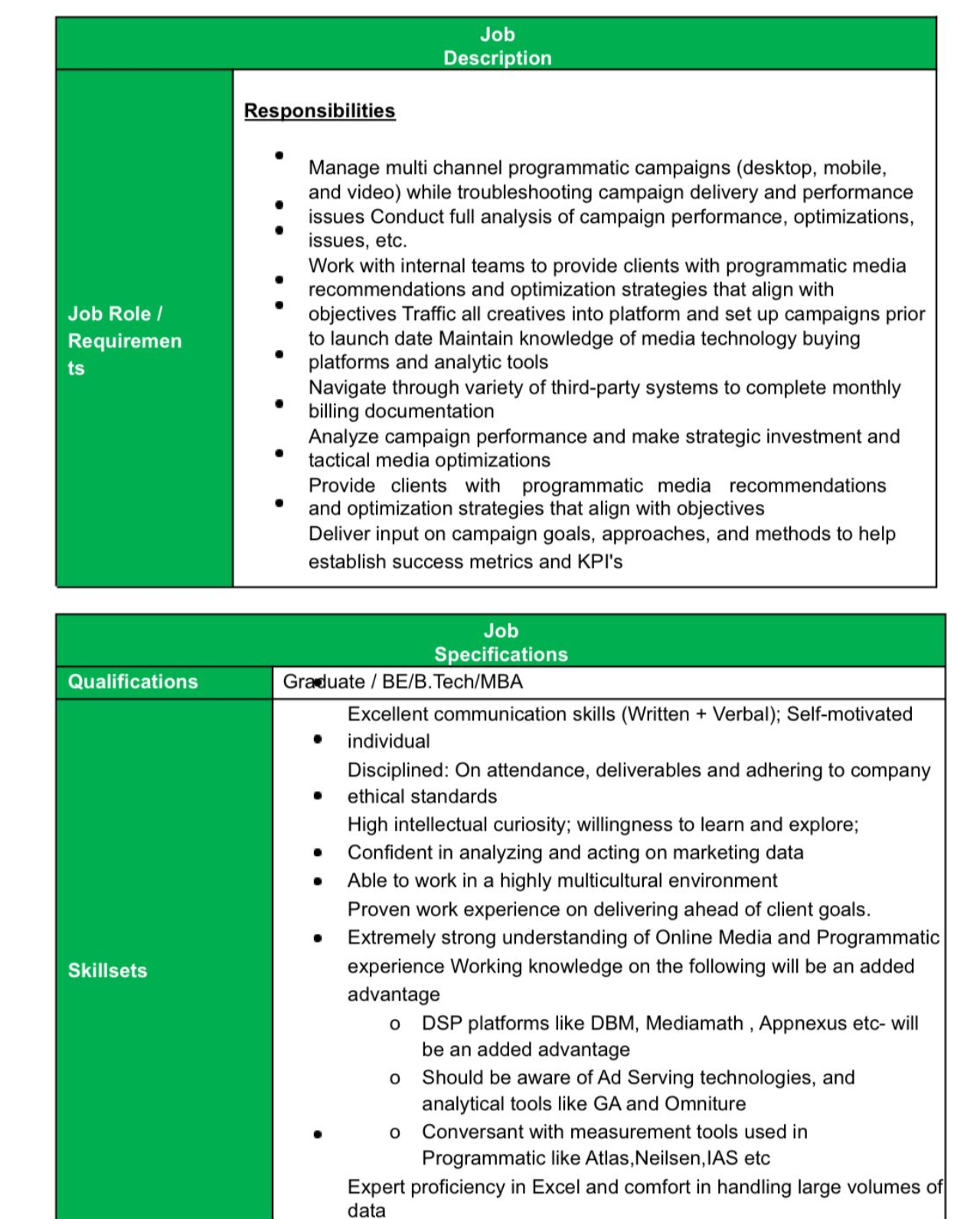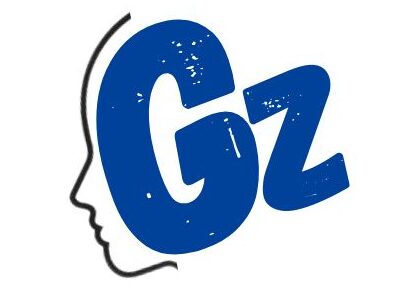“Is a Career In Digital Marketing viable just beyond basic SEO And SEM? Update your skill set and comprehend advanced strategies to stay helping in a rapidly changing industry.”

What is Programmatic Advertising?
Programmatic Advertising or Programmatic Marketing is indeed a vital component of digital marketing. Programmatic marketing really refers to the new technological way of advertising as an automated process of buying and placing digital ads-ad spaces purchased through a traditional manual means. It uses some algorithms and auctioning systems such as real-time bidding (RTB) to finely narrow down the target audience.
How it Works – Real-Time Ad Auction:
The moment a user opens any web page or an app, an ad auction occurs within a matter of milliseconds. More like the auctioneers, advertisers will also sometimes do an offer for the opportunity to show an ad based on what they have collected on viewing their advertisement: demographics, behavior, interests, etc. Then the ad with the highest bid will be displayed. It pulls data from various aspects such as age, location, interests, browsing history, etc. concerning a person.Thus, ads are shown to the most receptive audience. Ads will be incorporated into the advertisement space known by the mobile apps, various websites, social networking sites, or video-viewing platforms, thus creating a more seamless experience towards advertisement viewership across platforms.
Example:
You would have a fitness brand that sells yoga stuff. Now, Priya is a fitness addict, and she is scrolling in a yoga app.
Using programmatic, it will be as follows:
-The system understands that this app is used for fitness purposes and internet searches.
-It will put posted yoga leggings directly on her screen.
Now, as soon as she clicks on the ad, she would pay a visit to your website and buy something there.
Advantages:
Efficiency: Automated processes save time.
Precision: Personalization of ads increases engagement.
Cost-Effective: There is budget optimization and audience targeting.
Role of Google Display & Video 360 (DV360)
Google Display & Video 360 (DV360) is an all-in-one programmatic advertisement platform, encompassing planning, bidding, creative management, and performance analysis, all rolled into one.

Facilitating DV360 – Unified Campaigns:
Advertisers manage everything under one roof regarding ad creatives and budgets. Campaigns range from display ads, video ads, all the way to connected TV and many others. It allows advertisers to segment audiences based on behavioral, interest, or demographic segments. It also allows retargeting, which is an advertisement to consumers who have interacted with your brand previously.
Real-Time Bidding:
Ad bidding is done in real-time whereby advertising is displayed to relevant customers at their best times. DV360 comprises analytic tools that provide campaign performance and dimensions such as impressions, clicks, and conversions. With it are tools such as those made by Google Web Designer that make dynamic advertisement easily personalized messages for a different audience segment.
Example:
If you use DV360 to advertise:
You can create video ads announcing the latest yoga line.
DV360 will find hard core fitness people on apps, blogs, and even YouTube channels.
And will run analysis on their properly performing ads then show where the clicks and sales are generated so that you can refine strategy.
New Wonders in Speed-Moving Programmatic Marketing Opening New Avenues for Students and Professionals. Emerging Roles in the following are:

Technical Roles: Programmatic Campaign Manager – Responsible for programmatic execution of advertisement campaigns. Evaluate performance, optimize budget allocation and strategy.
Ad Tech Specialist: Carry out the technical set-up of programmatic tools and manage integration issues.
Data Scientist/Analyst: Utilize analytics to forecast success in a campaign, to track audience trends, and to improve targeting.
AI and Machine Learning Specialist: Develop predictive models to enhance automation and personalization in campaigns.
Creative Strategist: Initiates advertising creatives for targeted audiences using insights.
Content Personalization Specialist: Creates personalized ad content dynamically for various user types.
Skills Required to be Developed by the Student:
1. Data Analytics: The main ability is being able to decipher ROI, CTR, and other metrics.
2. Ad platforms-DB360, Google Ads, Facebook Ads, and learning tools.
3. Basics of Machine Learning: Understanding how algorithms work to optimize placements of ads.
4. Being Creative: Bring forth engaging content toward various audiences.

